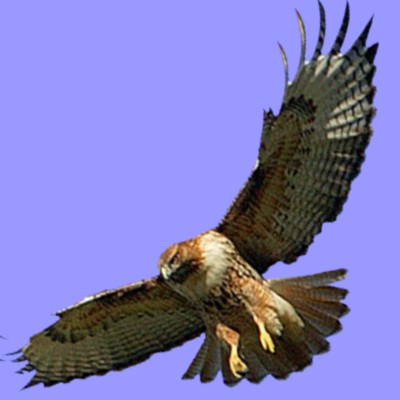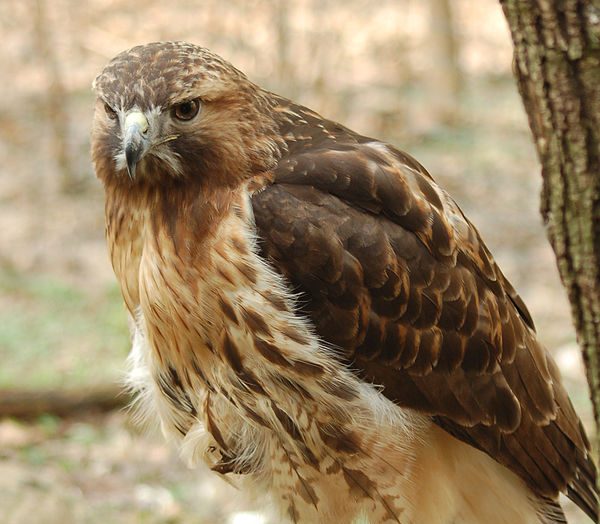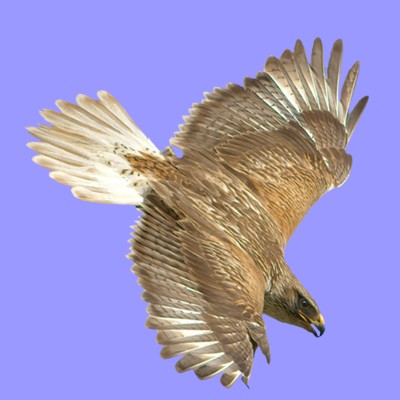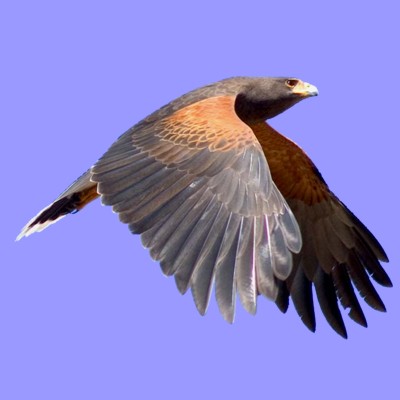Physical Features
These birds are around 44-60 centimetres in size with a wingspan of 118-143 centimetres and weigh around 1 kilogramme.
In adult birds, the plumage of the upperparts is grey with a white belly. Younger birds are darker in colour. They have yellow legs with black claws.
Habitat
Its area of distribution ranges from the south of the United States to the centre of Argentina at an average altitude of 600 metres. They prefer open or semi-open areas with little woodland to impede their flight, with a clear tendency to inhabit more arid areas. It is a sedentary bird that remains all year round in the place where it lives, moving around depending on the availability of prey.
Diet
They have a varied diet including rodents, snakes, amphibians and arthropods, especially grasshoppers and beetles. It has been reported that in areas where these prey are scarce, they are able to feed on other birds. For example, in Brazil they prey on other raptors such as the aplomado falcon and they can even devour small primates. They are also opportunistic birds that can feed on carrion.
Reproduction
Although their reproduction has not been studied in depth, it is known that, in courtship displays, both birds land on the ground and the male starts pulling blades of grasses and weeds. The average clutch is usually two eggs, rarely three in a nest built by both birds. As far as is currently known, the two parents cooperate in rearing the chicks. The chicks can fly after 46-55 days, but usually remain with the parents for about 7 months for feeding before becoming fully independent.
Threats
The greatest risks to these birds today are loss of habitat, electrocution from power lines, collision in wind farms and overgrazing. In the past it has suffered a decline, possibly due to the use of pesticides in cultivated areas.
Status and conservation
It is listed as a minor concern but not without dangers.





